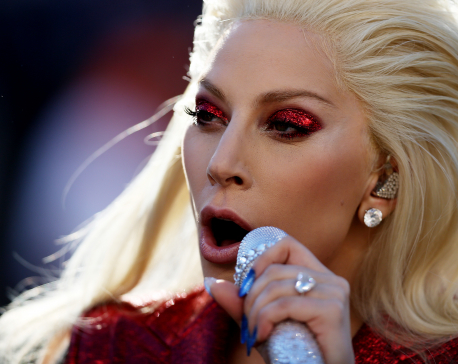
OR
False claims about Everest
Climbing Mount Everest is expensive. For a good reason. It is the highest peak in the world. Those who want to have the rare privilege of scaling it must, goes the justification, be ready to pay a price that is as steep as the arduous climb. Those who want to go up from the Nepali side pay a minimum of US $30,000 (if accompanied by Nepali low-cost expeditions and untrained guides) to a maximum of US $ 85,000 (with established foreign companies and most experienced Sherpa climbers). But there is a vast difference between paying a high price for the climb up Everest and actually getting to the top. Apparently there are at least a few climbers who would like to enjoy the acclaim of scaling the mighty Mount Everest just by paying for the trip. Dinesh and Tarakeshwari Rathod, two constables with the Maharashtra Police, were among those looking to cheat their way into record books. They would perhaps have been safe—if only they had had good sense not to post their photo-shopped images on Facebook!
It appears that although the expedition they were part of left the Everest base camp, it never reached the top. This is why, to justify their expensive expedition, the two decided that they would take a pair of photos taken atop Everest, crop out the faces, and superimpose their mug-shots in the blank slots. To verify the climb, the Department of Tourism relied on these photo-shopped photos and the testimonies of two Sherpa guides (now absconding) who were with the Rathod expedition. The department officials have clearly been taken aback. It appears they never imagined their process of verification could be so easily tempered with. If the two Indians were indeed given certificates of successful climb of Everest, chances are that there have over the years been at least a few others who have also looked to dupe tourism authorities. And if that is the case, it could potentially deter many serious mountaineers from climbing Everest from the Nepali side, when they know that just about anyone with a little money (and a bit of photo-shopping skills) could claim to have made the difficult climb.
This is why we would like to see the department thoroughly review its current system of verification. One of the serious flaws with the existing system is that the liaison officer from the department tasked with verifying the climb never leaves the base camp. Perhaps the department could avail special cameras to every expedition and make every climber take photos at the summit with this camera. Alternately, it could make it mandatory for every expedition to include a member of the department, in which case it might have to hire hardy Sherpas to its staff roster. There might be other ways too. There are now sophisticated (but fairly cheap) technologies to verify the authenticity of photographs. Photo-shopping is a recent technology. Analyzing all the photos of purported successful ascents taken in the new millennium should suffice to ferret out the cheats—if the Rathods, it turns out, do have bad company.
You May Like This

Sandeep shoots to fame in short span
KATHMANDU, July 21: Sandeep Lamichhane shot to fame all of a sudden last year. Former national coach, Pubudu Dassanayake, spotted... Read More...

Lady Gaga finds fame ‘isolating’
LOS ANGELES, Jun 5: Singer Lady Gaga says she may be leading a glamorous life but being famous is “isolating.”... Read More...






Just In
- Nepalgunj ICP handed over to Nepal, to come into operation from May 8
- Nepal to gift two elephants to Qatar during Emir's state visit
- NUP Chair Shrestha: Resham Chaudhary, convicted in Tikapur murder case, ineligible for party membership
- Dr Ram Kantha Makaju Shrestha: A visionary leader transforming healthcare in Nepal
- Let us present practical projects, not 'wish list': PM Dahal
- President Paudel requests Emir of Qatar to initiate release of Bipin Joshi
- Emir of Qatar and President Paudel hold discussions at Sheetal Niwas
- Devi Khadka: The champion of sexual violence victims



_20240423174443.jpg)









Leave A Comment